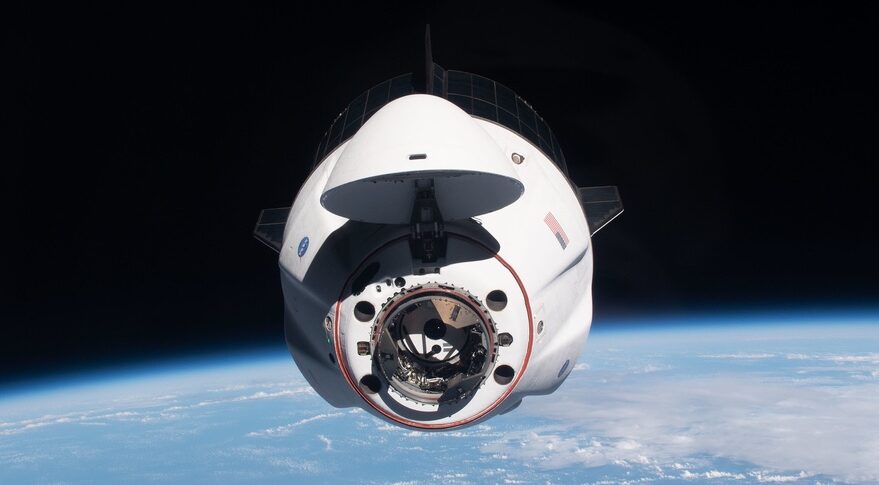NASA starts process to acquire more commercial crew missions
https://spacenews.com/nasa-starts-process-to-acquire-more-commercial-crew-missions/

flights. Credit: NASA
NASA let contracts to SpaceX and Boeing in 2014 for the development, certification, and actual flight of up to six “post-certification” manned-spacecraft to the International Space Station (ISS). Boeing has since delayed their first “post-certification” demonstration to 2023 due to on-going issues with the CST-100 Starliner vehicle. However, the Boeing uncrewed test flight will occur in early 2022. SpaceX, on the other hand, has flown two post-certification flights with the third planned for next Sunday, 31 October 2021. Crew-4 and Crew-5 with fly in 2022.
NASA commercial crew program manager Steve Stich stated that NASA was beginning its acquisition plans for acquiring more manned spaceflight to extend ISS operation for the rest of the decade. SpaceX is nearing the end of their Commercial Crew Transportation Capability (CCtCap) with permission to continue on for five of their six flights and Boeing has been given authority to proceed on three of their six.
Phil McAlister, director of the commercial spaceflight division at NASA Headquarters, said that “Commercial crew transportation services are going to be needed into the foreseeable future, and we want to maintain competition.” Therefore, NASA has reserved the right to select companies other than Boeing and SpaceX, opening the door to other companies such as Sierra Space, an off-shoot of Sierra Nevada Corporation.
Creating opportunities for other competitors is advantageous for business, science, and human spaceflight, but may lead to increased cybersecurity risk in the future. NASA has a specific group of cybersecurity experts and engineers in their organization, but contractors are only required to follow the basics of cybersecurity as stated in the Federal Acquisitions Regulation (FAR). Furthermore, an increased number of players in the game is an increased number of ground, telemetry, and infrastructure systems to be hacked. NASA will do their own vendor management to the contractor level, but government agencies likely do not see a supplier company’s cybersecurity practices down to a component-level. At this point, the onus lies on the Boeing’s, the SpaceX’s, and the Sierra’s to choose cyber-safe subcontractors to ensure our astronauts arrive safely.